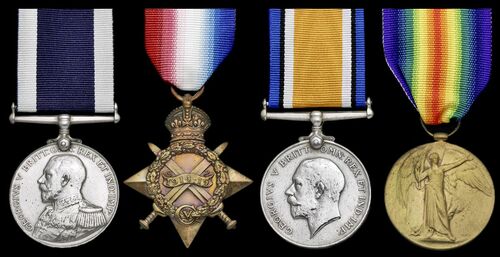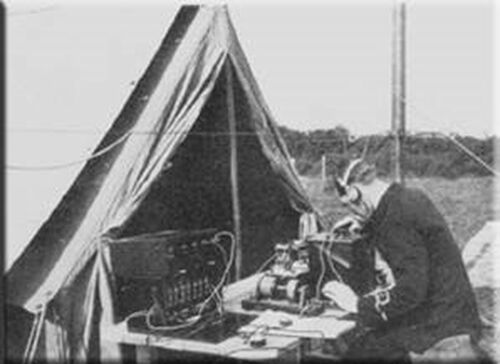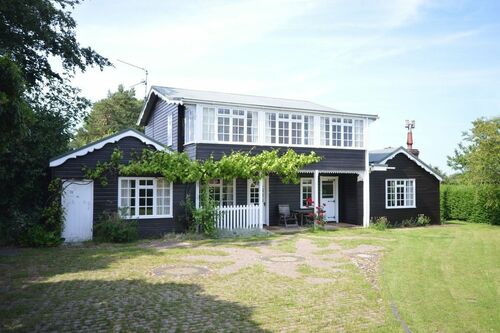Auction: 23001 - Orders, Decorations and Medals
Lot: 123
'Retained at the Admiralty for so long as his services are required during the period of the war, for duty with Mr. Russell Clarke (N.I.D.).'
(So states the service record of Chief Joiner Norman Keen, R.N.)
An intriguing Great War campaign group of four awarded to Chief Joiner N. D. Keen, Royal Navy, who was attached to a secret wireless direction-finding unit of the Naval Intelligence Department 1917-18
1914-15 Star (M. 2815 N. D. Keen, L.C.C., R.N.); British War and Victory Medals (M. 2815 N. D. Keen, Jr. 1, R.N.); Royal Navy L.S. & G.C., G.V.R., 2nd issue, fixed suspension (M. 2815 N. D. Keen, Ch. Jr., H.M.S. Queen Elizabeth), contact marks, nearly very fine (4)
Norman Douglas Keen was born in Truro, Cornwall on 1 August 1887 and joined the Royal Navy as Carpenter's Crew in August 1910.
By the outbreak of hostilities in August 1914, he was serving in the cruiser H.M.S. Essex and he remained likewise employed until August 1916. His next seagoing appointment was aboard the cruiser New Zealand from November 1916 until May 1917.
A Joiner for the Spooks
Having then come ashore in the early summer of 1917, Keen was borne on the books of President and, from July 1918, President V.
Here, then, the commencement of his attachment to the Naval Intelligence Department under Admiral "Blinker" Hall in Room 40 and, more specifically, to the staff of Mr. Edward Russell Clarke.
E. Russell Clarke, C.B.E. (1871-1918), as he is generally known, was a brilliant mathematician, who attended Charterhouse and Pembroke College, Cambridge. By the Edwardian era he had developed an interest in wireless telegraphy, setting up stations in London and at his home at Penbydwl, Abergavenny, in Wales.
On the outbreak of hostilities in August 1914, he teamed up with his friend and fellow wireless enthusiast, Baynton Hippisley, O.B.E. (1865-1956) and, despite an official call to confiscate all privately-owned wireless receivers, they commenced isolating wireless signals being sent from overseas.
In fact, just a few weeks later, they were able to inform the Admiralty that they were receiving messages on a lower wavelength than any being received by existing Marconi wireless stations, namely messages being sent by the German naval wireless stations at Neumunster and Norddeich. They were swiftly enlisted by Naval Intelligence and given permission to set-up a custom-made listening station at Hunstanton in Norfolk, the highest point nearest the German coast.
By the war's end they had established no less than 14 such posts in the region, posts that were able to intercept U-boat orders and even Zeppelin raid plans.
Postscript
From the summer of 1917, Keen's joinery skills were clearly much in demand at Hunstanton, some of his work perhaps surviving to this day in the form of the timbered-fronted 'Hippisley Hut'.
Advanced to Chief Joiner in August 1923, Keen was awarded his L.S. & G.C. Medal in October of the following year.
He was finally pensioned ashore in November 1931.
Subject to 20% VAT on Buyer’s Premium. For more information please view Terms and Conditions for Buyers.
Sold for
£160
Starting price
£80









